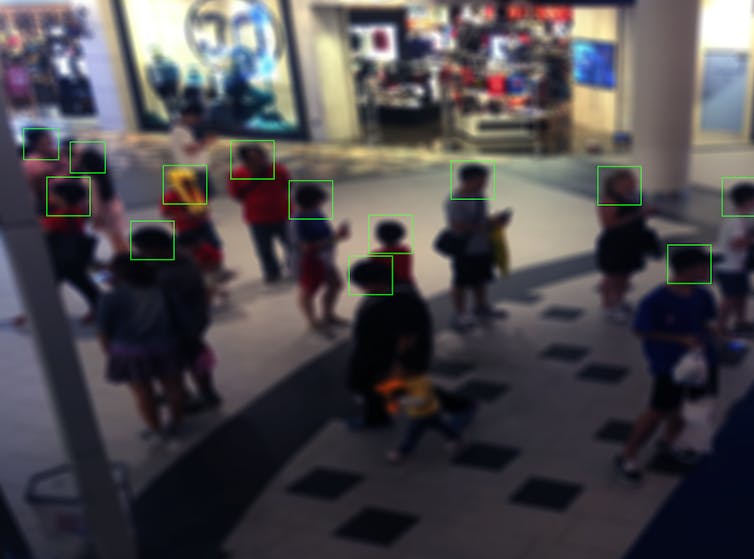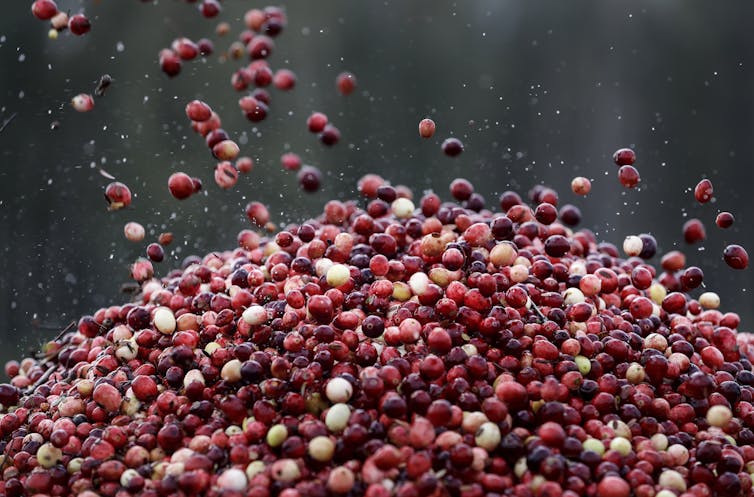Extreme weather conditions can make reconstructing the scene of a crime more difficult.
Noemi Procopio, University of Central Lancashire and Lavinia Iancu, University of North Dakota
What happens to a dead body in an extremely cold environment? Does it decompose? How do these conditions affect how forensic scientists understand when the person died?
Estimating time of death, also called the post-mortem interval, is a complex task. It plays an important role in forensic investigations, as it can provide critical insights into the timeline of events leading up to a person’s death. This information can narrow down potential scenarios and suspects, aiding in the resolution of criminal cases.
A multitude of factors are at play at a death scene, ranging from environmental conditions to the individual’s health status prior to death. Historically, scientists have estimated time of death by observing post-mortem physical and biological changes in the body, such as stiffening, fluid collection and cooling.
These methods are limited, however, by their variability and dependence on external factors. Calculating the post-mortem interval became more precise with the advent of molecular biology. But it’s still a challenging task, especially in extreme cold weather conditions. There is often a lack of obvious signs of decomposition on a frozen body during the first months after death.
We are forensic scientists leading the forensics programs at the University of North Dakota and the University of Central Lancashire. We use molecular biology and bioinformatics to develop tools to help researchers and investigators more accurately estimate the post-mortem interval. Our recently published research in Frontiers in Microbiology found that studying the microbes involved in decomposition could predict time elapsed since death in extreme cold conditions with high accuracy.
Decomposition in cold environments
Our study took place in Grand Forks, North Dakota, one of the coldest cities in the United States, where winters are characterized by temperatures that can drop to -40 degrees Fahrenheit (-40 degrees Celsius) and high winds that can reach up to 31 miles per hour (50 kilometers per hour).
In an extremely cold environment like North Dakota’s winters, traditional methods might not be enough to understand decomposition and estimate time of death. For instance, the body cools much faster in cold conditions, which can skew estimates based on body temperature.
The researchers set their investigation into time of death in Grand Forks, N.D., where winters can be brutal. Lavinia Iancu, CC BY-SA
Similarly, cold environments can delay the onset and duration of rigor mortis, or body stiffening. The process of decomposition, including the activity of insects and other scavengers that contribute to the breakdown of the body, can also be slowed or halted by freezing temperatures.
Snow is another important factor when investigating decomposition. It can insulate a body by trapping residual heat and raising its temperature slightly higher than the surrounding environment. This insulating effect allows the body to decompose at a slower rate compared with bodies exposed to open air.
Microbes and time since death
In conditions of extreme cold, it becomes necessary to employ additional means to understand decomposition and estimate the time of death. Advanced molecular techniques, such as analyzing the microbiome, gene expression and protein degradation, can help provide valuable information about the crime scene.
Each organism has distinct microbial characteristics that act like a fingerprint. The necrobiome, a community of microbes associated with decomposing remains, plays a crucial role in decay. Specific microbes are present during different stages of decomposition, contributing to the breakdown of tissues and the recycling of nutrients. Forensic investigators can sample what microbes are living in a dead body to deduce how long ago a person died based on the makeup of the microbial population.
Our study focused on identifying common patterns in the microbial changes that occur during decomposition in extreme cold environments. Over a period of 23 weeks, we collected and analyzed 393 samples of microbes from the inside and outside of the noses dead pigs covered in snow. Pigs decompose similarly to humans and are commonly used in forensic research. We developed models to estimate the post-mortem interval by pairing microbial genetic data with environmental data such as snow depth and outdoor temperature.
The researchers collect samples from the inside and outside of the noses of dead pigs. Lavinia Iancu, CC BY-ND
Overall, we found that the bacterial species Psychrobacter, Pseudomonas and Carnobacterium may best predict time after death in extreme winter conditions up to six months after death, with a margin of error of just over nine days.
We found that different bacterial species are most abundant at different time intervals. For example, levels of Psychrobacter increase five weeks after death and are most abundant at 10 weeks, while Pseudomonas increase between five to nine weeks and hit a peak at 18 weeks.
Improving forensics
Death is often an unpleasant topic to bring into a conversation. But from a forensic perspective, having techniques and methods to determine when someone has died can help bring justice and peace for loved ones.
Our study found that decomposition does not completely halt even in cold environments. Studying the microenvironment – the local conditions surrounding the body, including temperature, humidity and microbial activity – can reveal crucial information about the decomposition process. The key microbial species we identified served as biomarkers of death, allowing us to develop time-of-death models that researchers can use to overcome the limitations of just visually examining remains.
Microbes can become a crucial piece of the puzzle during the process of investigating a death by aiding in constructing more precise timelines, even in extreme conditions.![]()
Noemi Procopio, Senior Research Fellow, School of Law and Policing, University of Central Lancashire and Lavinia Iancu, Assistant Professor of Forensic Science, Director of the Forensic Science Program, University of North Dakota
This article is republished from The Conversation under a Creative Commons license. Read the original article.





















































